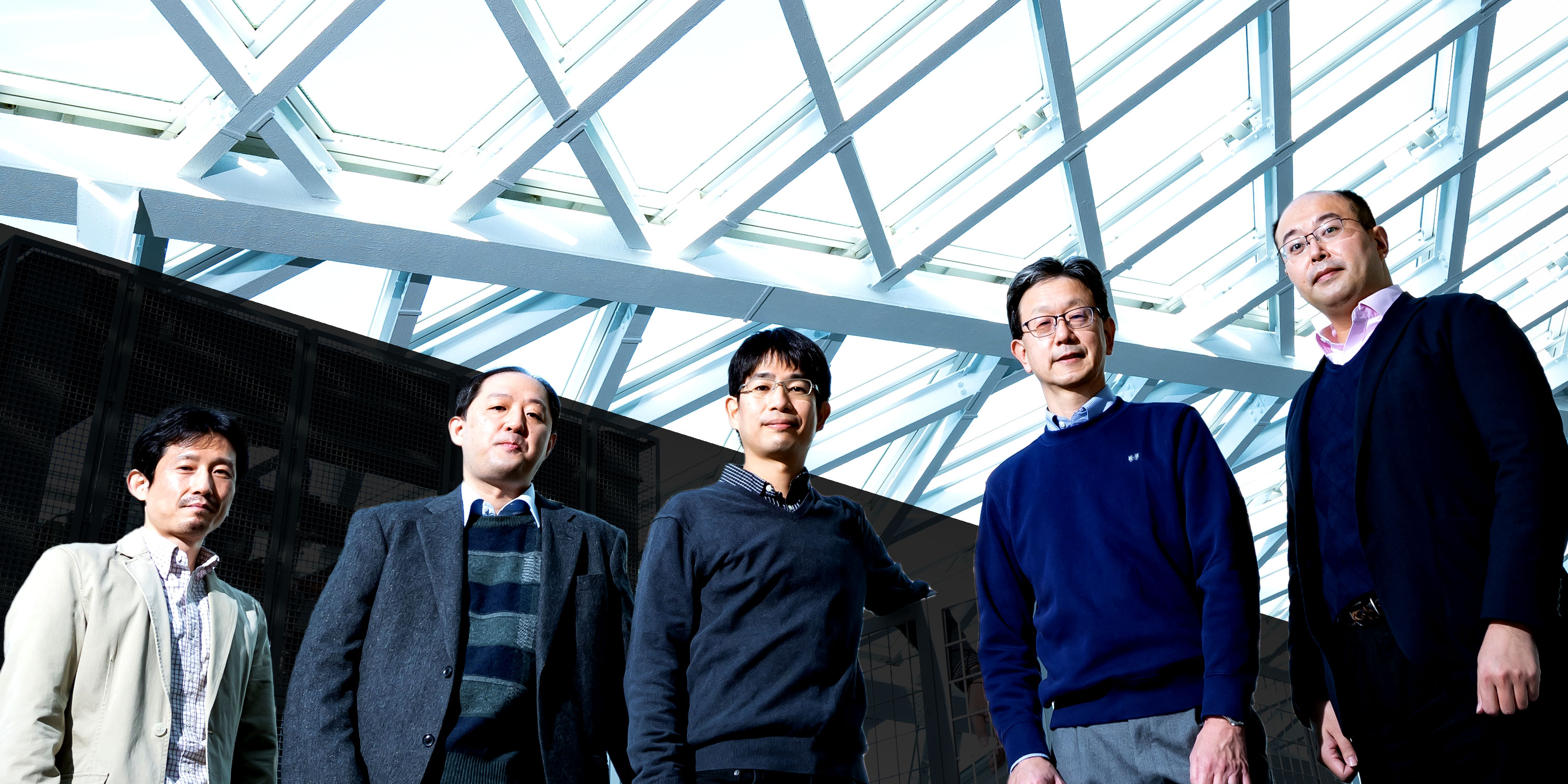
[ Vol. 92 ]
MANA Scientists Employ Active Machine Learning to Enhance Thermoelectric Performance of Materials
Scientists from the Research Center for Materials Nanoarchitectonics (MANA) have integrated machine learning with traditional materials science to expedite the discovery of kesterite-type thermoelectric materials, paving the way for efficient energy conversion technologies.

[ Vol. 91 ]
MANA Develops Ferroelectric-ferromagnetic Materials for Next-generation Electronics
Researchers at the Research Center for Materials Nanoarchitectonics (MANA) have proposed a method to create ferroelectric-ferromagnetic materials, opening doors to advancing spintronics and memory devices.

[ Vol. 90 ]
From Bottleneck to Breakthrough: MANA Achieves New Computing Paradigm with Reconfigurable Logic Circuits
Scientists from the Research Center for Materials Nanoarchitectonics (MANA) developed a reconfigurable logic circuit that switches functions with constant input voltages. This innovation opens doors to novel computing architectures.

[ Vol. 89 ]
Powering the Future Night and Day: MANA Develops Cutting-Edge Thermoelectric Generator
Researchers from the Research Center for Materials Nanoarchitectonics (MANA) have developed a thermoelectric generator that can use both radiative cooling and solar heating to produce electricity, opening doors to applications in powering small off-grid sensors.

[ Vol. 88 ]
Advancing Organic Circuits: MANA Study Changes Current Computing Architecture
Researchers from the Research Center for Materials Nanoarchitectonics (MANA) have developed a novel organic logic inverter circuit capable of handling four logical states. This advancement improves the data processing capabilities of organic integrated circuits.

[ Vol. 87 ]
MANA Scientists Usher in Advances in Thermoelectric Materials
Scientists from the Research Center for Materials Nanoarchitectonics (MANA) have now enhanced Mg3(Sb, Bi)2-based alloys with molybdenum, paving the way for materials that efficiently harness heat energy.

[ Vol. 86 ]
New Leap in Flexible Electronics: MANA's Breakthrough Doping Innovation
Researchers from the Research Center for Materials Nanoarchitectonics (MANA) have introduced a doping method to achieve accurate and consistent conductivity for organic semiconductors.

[ Vol. 85 ]
High-performance Physical Reservoir Computing with Multi-detection Chaotic Spin Wave Interference
Researchers from the Research Center for Materials Nanoarchitectonics (MANA) present the first experimental demonstration of a physical reservoir computing system based on spin wave interference.

[ Vol. 84 ]
Plasmaron Quasiparticles in Cuprate Superconductors
A team led by researcher at Research Center for Materials Nanoarchitectonics (MANA) delved into the interplay of plasma oscillations and electrons in cuprate superconductors, shedding light on the emergence of plasmarons -- distinct quasiparticles driven by charge fluctuations within the system.

[ Vol. 83 ]
Novel “Drycell” Microdroplets to Make Handling a Single Cell Easier
Scientists at MANA have developed micrometer-sized ‘liquid marbles’ that can encapsulate single to several living cells, thereby aiding single cell studies.

[ Vol. 82 ]
Demystifies Conductivity of Ruthenate Nanosheets, Moving Towards Next-generation Electronics
A research team at MANA has shed light on how electrical conduction in oxide nanosheets can be markedly affected by small changes in their atomic arrangement.

[ Vol. 81 ]
Towards Inexpensive and Highly Conductive Anion-Exchange Membranes
An international research team at MANA has worked to improve the ionic conductivity of anion-exchange membranes (AEMs) made from layered double hydroxides (LDHs), laying the foundation for their use in many electrochemical applications.

[ Vol. 80 ]
Novel, Biocompatible UV Light Absorber
An International research team at MANA has developed a biocompatible ultraviolet (UV) light-shielding compound from naturally occurring aqueous iron(III), hereinafter aqua-Fe(III), complexes stabilized inside a layered silicate scaffold.

[ Vol. 79 ]
Insight into Organic Antiambipolar Transistors
MANA researchers have elucidated the mechanism behind organic antiambipolar transistors (OAATs), a new class of transistors with possible applications in artificial intelligence and neuromorphic devices.

[ Vol. 78 ]
New Diamond Transistor Exhibits High Hole Mobility
A research team at MANA, using a new fabrication technique, has developed a diamond field-effect transistor with high hole mobility, which can lead to reduced conduction loss and higher operational speeds.

![MANA E-BULLETIN Vol.16 [March 2023]](img/title/title16.gif)















